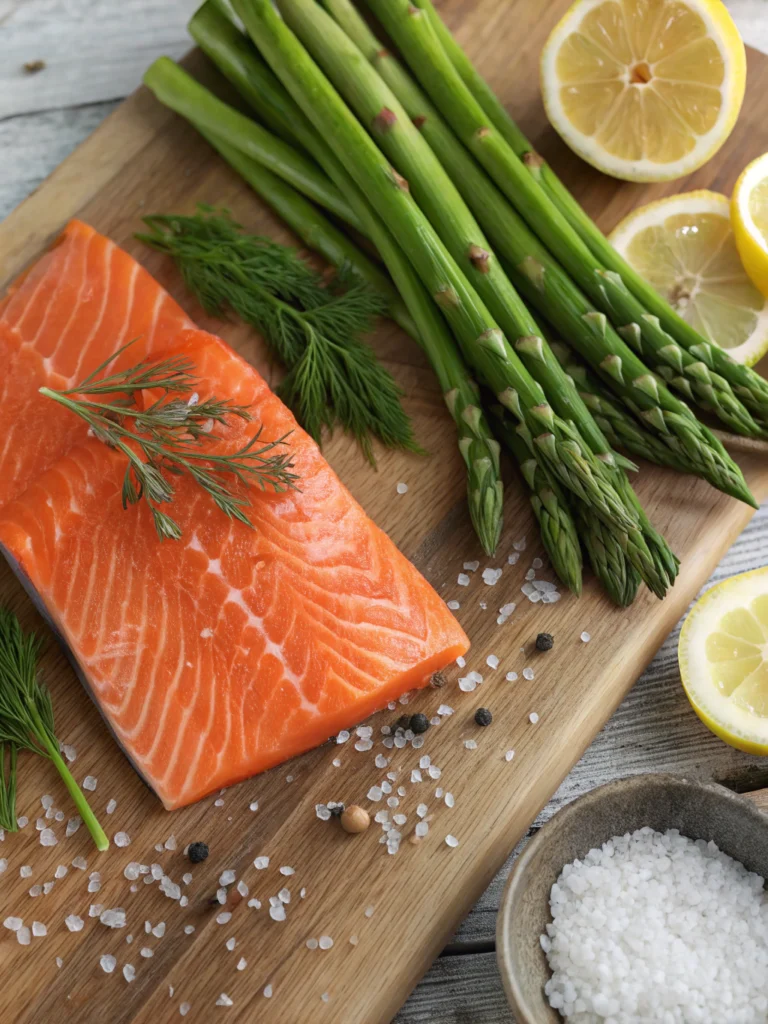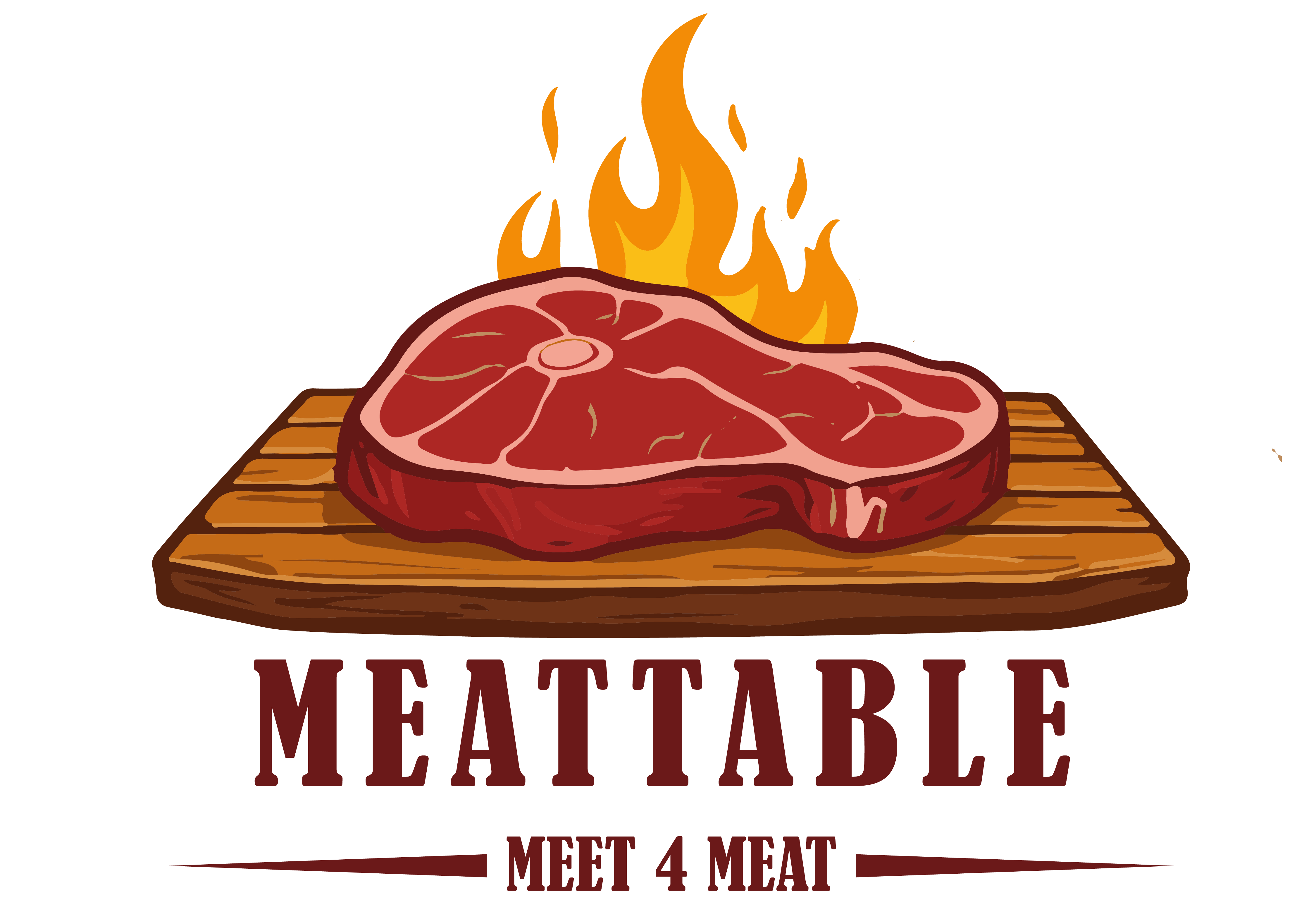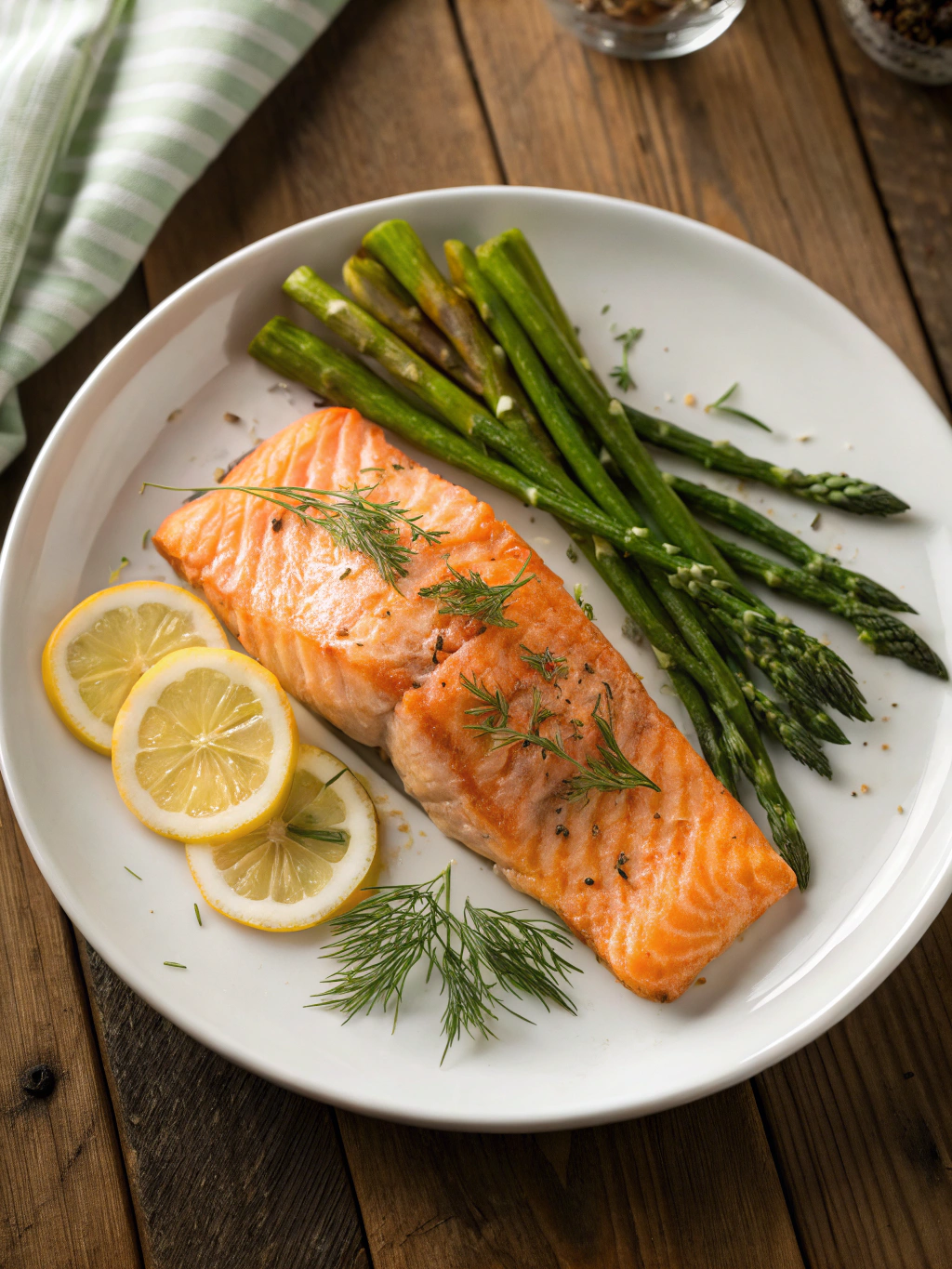How Long to Cook Salmon at 400: 7 Perfect Tips
Did you know that almost 40% of home cooks always overcook salmon, making it dry and tasteless? That amazing fact tells us a lot about why it is so important to know precisely how long to cook salmon at 400 degrees to achieve that perfect, restaurant-style result. When cooking salmon fillets, steaks, or even a whole side, cooking time at 400°F is the difference between a tender, flaky treat and a ruined meal. In this ultimate guide, we’re about to discover the exact timing necessary for flawlessly cooked salmon at 400 degrees, and pro tips to level up your seafood game.
Ingredients List
For this perfect salmon recipe at 400 degrees, you’ll need:

- 4 salmon fillets (6 oz each, preferably center-cut)
- 2 tablespoons olive oil (or avocado oil for a higher smoke point)
- 1 tablespoon fresh lemon juice
- 3 cloves garlic, minced
- 1 teaspoon sea salt
- ½ teaspoon freshly ground black pepper
- 1 teaspoon dried herbs (dill, thyme, or rosemary)
- Lemon slices for garnish
The vibrant pink flesh of fresh salmon should glisten under the market lights, promising a buttery texture when cooked correctly. If fresh salmon isn’t available, high-quality frozen fillets work wonderfully when properly thawed.
Timing
- Preparation Time: 10 minutes
- Cooking Time: 12-15 minutes at 400°F (depending on thickness)
- Total Time: 25 minutes (30% faster than conventional oven-baked salmon recipes)
The beauty of cooking salmon at 400 degrees is the perfect balance between high-heat searing and gentle cooking, creating that golden exterior while preserving the moist interior.
Step-by-Step Instructions
Step 1: Prepare Your Salmon
As your oven gets to the desired temperature, get the salmon fillets and dry them with paper towels. When skin-on fillets are you using, score the skin lightly with a sharp knife, this avoids curling when cooking.
Step 2: Season Generously
In a small bowl, combine olive oil, lemon juice, minced garlic, salt, pepper, and your chosen herbs. Brush this mixture liberally over both sides of the salmon, ensuring even coverage. Allow the seasoned salmon to rest at room temperature for 5 minutes to absorb the flavors.
Step 3: Prepare the Baking Surface
Line a baking sheet with parchment paper or aluminum foil for easy cleanup. For crispier skin, consider placing the salmon on a lightly oiled wire rack over the baking sheet, allowing heat circulation around the entire fillet.
Step 4: Position and Cook
Place the salmon skin-side down (if applicable) on your prepared baking sheet. For fillets of standard thickness (1-inch), bake at 400°F for 12-15 minutes. The perfect internal temperature should reach 145°F for food safety while maintaining moisture.
Step 5: Check for Doneness
The most reliable way to check salmon doneness is using an instant-read thermometer, inserted into the thickest part. Alternatively, look for these visual cues: the salmon should flake easily with a fork while still maintaining a slightly translucent center.
Nutritional Information
Per serving (6 oz salmon fillet):
- Calories: 350
- Protein: 34g
- Fat: 22g (healthy omega-3s: 4.2g)
- Carbohydrates: 0g
- Sodium: 390mg
- Potassium: 780mg
Research shows that weekly consumption of fatty fish like salmon may reduce heart disease risk by up to 36%, largely due to its omega-3 fatty acid content.
Healthier Alternatives for the Recipe
For a lower-calorie version, try these modifications:
- Instead of oil, use cooking spray (saves 80 calories per serving)
- Season with citrus zest instead of salt to reduce sodium
- For those monitoring fat intake, choose leaner cuts from the tail section
- Add a teaspoon of Dijon mustard to your seasoning mix for flavor without additional calories
Serving Suggestions
Transform your perfectly timed salmon into a complete meal with these accompaniments:
- Roasted asparagus or Brussels sprouts (can cook alongside salmon at the same temperature)
- Quinoa or brown rice pilaf with fresh herbs
- Crisp cucumber and tomato salad dressed with lemon vinaigrette
- For an elegant presentation, serve over wilted spinach with a light yogurt-dill sauce
Common Mistakes to Avoid
- Overcooking: The number one error when cooking salmon at 400 degrees is leaving it too long. Remember, salmon continues cooking after being removed from the oven.
- Not accounting for thickness: A 1-inch thick fillet needs approximately 12 minutes, while a 1½-inch piece requires closer to 15-16 minutes.
- Skipping the rest period: Always allow your salmon to rest for 3-5 minutes after cooking to redistribute juices.
- Starting with cold salmon: According to culinary studies, cold protein introduced to high heat cooks unevenly. Let salmon rest at room temperature for 15 minutes before cooking.
Storing Tips for the Recipe
Properly cooked salmon can be refrigerated for up to 3 days. Store in an airtight container to prevent odor transfer. For meal prep convenience, consider these tips:
- Cool completely before refrigerating to prevent condensation
- Reheat gently in a 275°F oven to prevent drying out
- Freeze cooked salmon for up to 2 months by wrapping tightly in plastic wrap, then foil
- Thaw frozen cooked salmon overnight in the refrigerator for best texture
Conclusion
Mastering how long to cook salmon at 400 degrees unlocks the potential for consistently perfect results. The 12-15 minute sweet spot (adjusting for thickness) delivers that ideal balance of flaky texture with a moist, tender center that makes salmon such a beloved protein. Remember to use visual cues alongside timing for the best results, and don’t be afraid to experiment with different seasonings once you’ve mastered the basic timing principles.
Have you tried this perfectly timed salmon recipe? Share your results and variations in the comments below, or tag us in your culinary creations on social media!
FAQs
Q: Can I use this same timing for frozen salmon at 400 degrees?
A: For frozen salmon, add approximately 5-7 minutes to the cooking time, making it 17-22 minutes total. Ensure the internal temperature reaches 145°F.
Q: How do I know if my salmon is wild-caught or farm-raised, and does it affect cooking time?
A: Wild salmon typically has a deeper red color and less fat, often cooking 1-2 minutes faster than farm-raised. Check packaging or ask your fishmonger for sourcing information.
Q: Can I use the same timing for salmon with or without skin?
A: Yes, the cooking time remains the same. However, skin-on salmon provides a natural barrier against overcooking and adds flavor.
Q: Is it normal for white protein to appear on my salmon while cooking?
A: Yes, this is albumin, a natural protein that coagulates during cooking. Minimize its appearance by brining salmon in salt water for 10 minutes before cooking.
Q: Can I cook vegetables alongside my salmon at 400 degrees?
A: Absolutely! Quick-cooking vegetables like asparagus, cherry tomatoes, and thinly sliced zucchini can cook alongside salmon. Start denser vegetables like carrots 5-10 minutes earlier.
Read also :
Crab stuffed salmon
What Spices Go Best on Salmon? Try This Amazing Seasoning Mix!
Canned salmon




